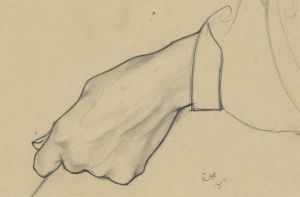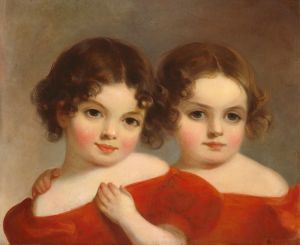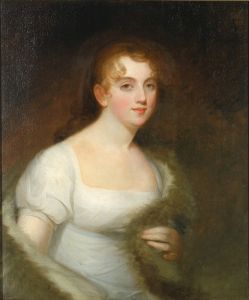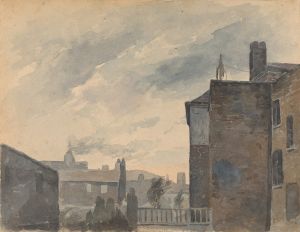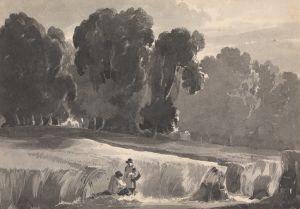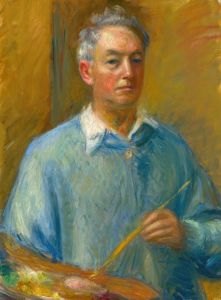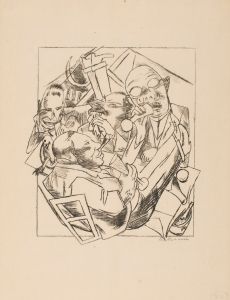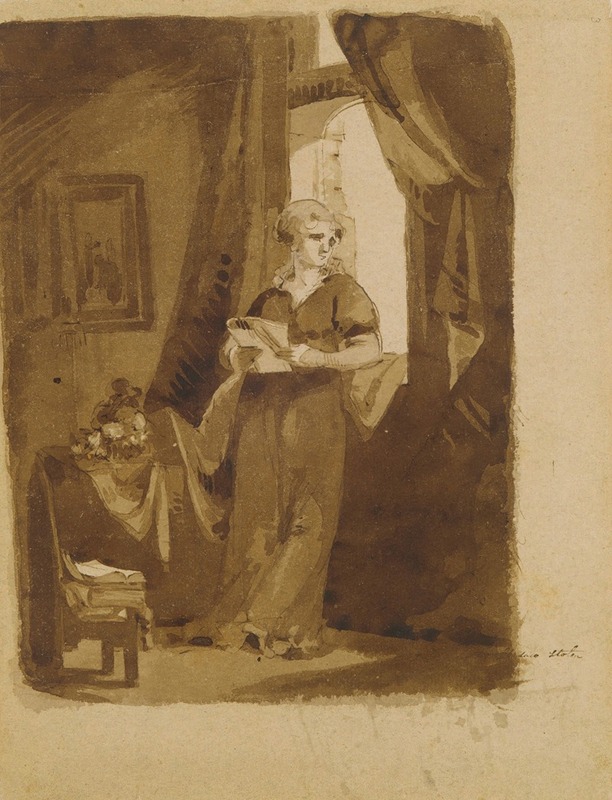
Woman at a Window
A hand-painted replica of Thomas Sully’s masterpiece Woman at a Window, meticulously crafted by professional artists to capture the true essence of the original. Each piece is created with museum-quality canvas and rare mineral pigments, carefully painted by experienced artists with delicate brushstrokes and rich, layered colors to perfectly recreate the texture of the original artwork. Unlike machine-printed reproductions, this hand-painted version brings the painting to life, infused with the artist’s emotions and skill in every stroke. Whether for personal collection or home decoration, it instantly elevates the artistic atmosphere of any space.
"Woman at a Window" is a painting by the American artist Thomas Sully, known for his portraits and historical subjects. Sully, born in 1783 in England, moved to the United States with his family in 1792. He became one of the most prominent portrait painters in America during the early 19th century, with a career that spanned over six decades. His work is characterized by its elegance, attention to detail, and the ability to capture the personality and mood of his subjects.
The painting "Woman at a Window" exemplifies Sully's skill in portraiture and his ability to convey a sense of intimacy and immediacy. Although specific details about the painting's creation, such as the exact date and the identity of the woman depicted, are not well-documented, it is consistent with Sully's style and thematic interests during his career. The painting likely dates from the mid-19th century, a period when Sully was actively producing works that captured the genteel society of his time.
In "Woman at a Window," Sully employs a soft color palette and delicate brushwork to create a serene and contemplative atmosphere. The composition features a woman gazing out of a window, a common motif in art that suggests introspection and a connection between the interior and exterior worlds. The light filtering through the window illuminates her face, highlighting her features and creating a gentle contrast with the darker interior space behind her. This use of light is a hallmark of Sully's work, demonstrating his mastery of chiaroscuro to enhance the three-dimensionality of his subjects.
The woman's attire and hairstyle reflect the fashion of the period, providing clues to the painting's historical context. Sully often painted members of the upper class, and his portraits were sought after by those who wished to have their likenesses captured with grace and sophistication. His ability to render fabrics, textures, and the subtleties of human expression contributed to his reputation as a leading portraitist of his time.
Thomas Sully's contribution to American art extends beyond his individual works. He was part of a broader movement that sought to establish a distinct American artistic identity during a time when European influences were predominant. Sully's portraits, including "Woman at a Window," are valued not only for their aesthetic qualities but also for their role in documenting the social and cultural history of the United States.
Today, Sully's works are held in numerous public and private collections, and they continue to be studied and appreciated for their artistic merit and historical significance. "Woman at a Window" remains an example of Sully's ability to capture the quiet moments of life with elegance and sensitivity, offering viewers a glimpse into the world of 19th-century America through the eyes of one of its most talented artists.






